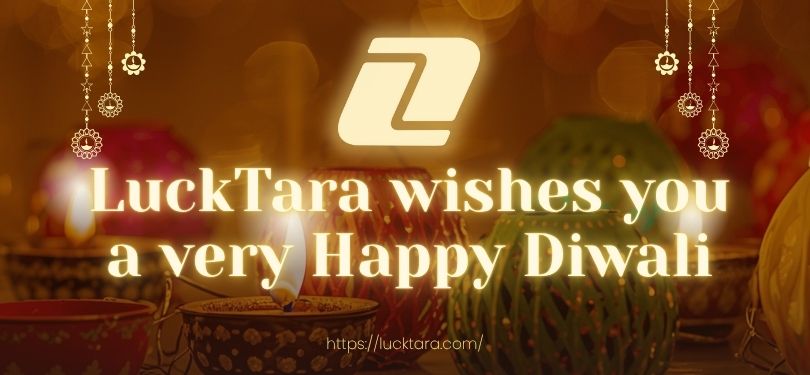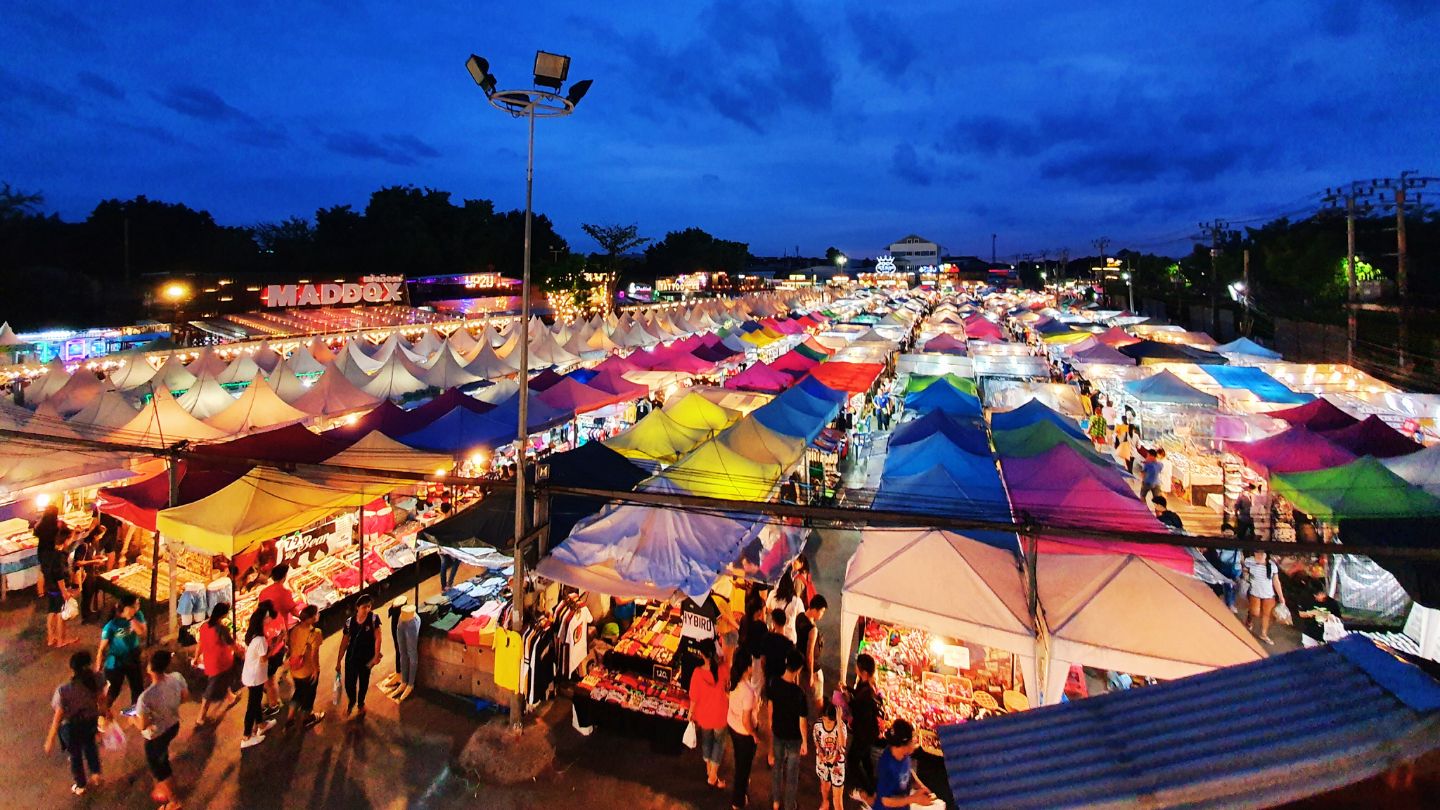How to spark emotional connections with your audience this Diwali
There is a moment every year when India’s marketplaces transform. Streets glow with lights. Windows fill with new clothes and gifts. Digital carts swell as people hunt for the perfect sweet, sari, or gift. That surge is not random. Diwali is a season of meaning, ritual and emotion. For brands the festival creates a rare and concentrated opportunity to connect not only with wallets but also with hearts.
This article explains how brands can use Diwali to build genuine emotional connections with audiences. It combines recent market facts with practical strategy so you can plan campaigns that do more than sell. They will resonate.
Why Diwali matters more than promotions
Diwali is one of the largest consumption events in India. Recent industry measures show record festive season trade reaching into the multiple lakh crore rupee range, marking Diwali as a major economic and cultural moment. Retail and services combine to form a huge seasonal uplift in demand.
Consumers do not behave like they do on a normal shopping day. Many buy gifts and treat purchases in the final weeks leading up to the festival. Research shows that a large portion of gift purchases occur one to four weeks before Diwali, which means planning and timing matter as much as creative execution.
Ecommerce, logistics and local retail all play an active role. Online orders around Diwali regularly show double digit growth compared with non-festive periods, and recent reports highlight how Tier 2 and Tier 3 cities are fueling a growing share of online orders. That trend matters because it changes how brands must think about catalogue, price, delivery speed and messaging.
Those numbers matter. They also reveal something else. Festivals make people pay attention and feel. If you use Diwali for pure promotion alone you win short term transactions. If you use it to tell a meaningful story you build connection, trust and loyalty that lasts.
Emotions drive brand choice more than logic
Marketing research consistently finds that emotional connections outperform rational persuasion when it comes to long term value. Customers who feel a genuine emotional bond with a brand are more likely to recommend it, stay loyal, and accept premium pricing. One recent industry summary puts the rate of customers who recommend a brand because of emotional connection at over 70 percent. Another rigorous review in the Harvard Business Review explains how targeting emotional motivators produces measurable differences in growth and loyalty.
Translate that into plain advice for Diwali. Transactional offers may win a sale. Emotional storytelling creates advocates. In a season where many brands shout promotional messages, the brand that listens and reflects real human sentiment will stand out.
Five Diwali truths every brand should accept
- People buy meaning as much as goods
Diwali is a ritual first and a shopping event second. Gifts carry messages about care, respect and social ties. Your campaign that speaks to those messages will be valued more than one that only screams discounts. - Timing and context win attention
A majority of gift buying happens in the weeks before the festival. Plan your hero creative early, then layer in reminder content and last minute formats. The ‘when’ is as important as the ‘what’. (YouGov) - Local and non-metro are growth engines
In recent seasons non-metro cities lifted online order growth and changed average order values. If your execution assumes only metro tastes, you leave scale on the table. Localize creative, vernacular messages and offers for different city tiers. (The Economic Times) - Experience matters as much as product
Fast delivery, clear exchange policies and simple UX are part of your brand story. A delightful post purchase moment can convert a single Diwali buyer into a repeat customer. - Measurement must focus on two horizons
Short term metrics such as conversion rate and cost per acquisition matter during the sale. Long term metrics such as repeat purchase rate and recommendation lift capture the value of emotional connection.
A Diwali playbook for meaningful brand connection
Below is a practical sequence you can adapt based on size, category and budget. Each stage is short, actionable and grounded in the realities of festive behaviour.
1. Start with a clear human insight
Ask this before you brief creative. Why does your audience exchange this product as a Diwali gift or purchase? The answer should be a human truth. Examples of useful insights are family rituals, the need to show care at a distance, or the desire to upgrade the home ahead of guests. Make your message do emotional work first and product work second.
2. Build a small line of narrative assets
Create one central story and stretch it across formats. The central story could be a micro narrative about gratitude, renewal, or homecoming. Then create short videos for social, a hero banner for the website, a paid search ad set, and one longer piece for email. Keep the main emotional beat constant.
3. Localize without losing the core
Use the same core story but adapt language, visuals and product emphasis for different regions. Non-metro audiences may respond to family centered imagery and trusted local offers. Urban audiences might prefer premium or experience-led messaging. Recent Diwali data shows non-metro cities are purchasing more online, so adapt offers to fulfilment realities and payment preferences. (The Economic Times)
4. Design trustworthy festive experiences
Make buying frictionless. Display expected delivery dates, gift wrap options, and a clear returns policy. For high value categories add certificate or authenticity pages. Deliver a small brand moment in packaging. The experience you create at delivery often becomes the story that people share.
5. Use dynamic and empathetic offers
Avoid blanket discounting. Use curated bundles, limited edition festival variants, early-bird offers and loyalty-first discounts. Promote offers that make sense for gifting. For example a thoughtful bundle for a family is often more valued than a simple percentage discount.
6. Combine short term performance with long term measurement
Run prospecting campaigns early to build awareness. Switch to retargeting with richer creative in the final two weeks. After the festival, measure not only immediate sales but also repeat purchase behaviour, referral counts and customer sentiment. Emotional marketing is validated by higher recommendation and retention metrics.
Channel tactics that work during Diwali
Video and short form social
Festive stories are visual. Short emotional videos perform well across feeds and stories. Use local music, family shots and real customers where possible.
Search with intent
Festive search volume spikes for gifts, sweets, clothes and home items. Use search campaigns to capture high intent and link to conversion ready landing pages.
WhatsApp and conversational touchpoints
WhatsApp continues to be a powerful channel for confirmations, gift catalogues and localised outreach. Use it for high touch support and last mile reminders.
Email and SMS for retention
Use personalised emails to recommended bundles and time limited reminders. Post purchase, use email to solicit reviews and referrals.
Offline activation and local partnerships
Pop ups, in store demos and local tie ups with neighborhood shops humanise campaigns. In many towns Diwali is decided offline as much as online.
Creative guardrails for Diwali messaging
- Respect the ritual. Avoid trivialising traditions.
- Avoid overused festive clichés that add noise rather than meaning.
- Make the gifting moment central. Show the giver and receiver.
- Keep the tone warm, not opportunistic. Audiences detect tone quickly and will judge brands harshly for seeming to profit from sentiment.
Measuring emotional impact
Short term KPIs are tactical and necessary. Long term KPIs matter for brand health. Measure both.
Short term examples
- Click through rate on hero video.
- Cost per sale during the campaign window.
- Cart abandonment on festival pages.
Long term examples
- Net promoter score change month on month.
- Repeat purchase rate of new customers acquired during Diwali.
- Referral volume and social shares tied to the campaign creative.
Recent studies show emotional connection directly correlates with recommendation behaviour. When a customer feels emotionally close to a brand they recommend it at much higher rates. This is why reputation and creative quality matter more than ephemeral discounts. (Embryo)
Small brands can win big during Diwali
You do not have to be a national advertiser to create a memorable Diwali moment. Small brands that lean into community, authenticity and local relevance often outperform. The trick is not scale alone. It is clarity of story, flawless execution and thoughtful fulfilment.
Final checklist for your Diwali campaign
- Human insight defined and validated.
- Single narrative with 3 to 5 creative assets.
- Localised variants for major markets.
- Fulfilment commitments visible on product pages.
- Dynamic offers tailored to gifting.
- Measurement plan covering short and long term KPIs.
- Post purchase nurturing and referral mechanics.
Closing note: thinking beyond Diwali
Diwali gives brands a unique spike in attention and in emotion. Use the festival to create a memorable story and a measurable business gain. The best campaigns are not just about transactions. They are about moments people remember and share. They turn first time buyers into repeat customers and occasional purchasers into advocates.
If you would like help shaping a Diwali campaign that feels authentic and performs, LuckTara builds festival strategies from insight to execution. We combine creative storytelling, localisation, and measurement so your Diwali work sells today and strengthens your brand tomorrow.

